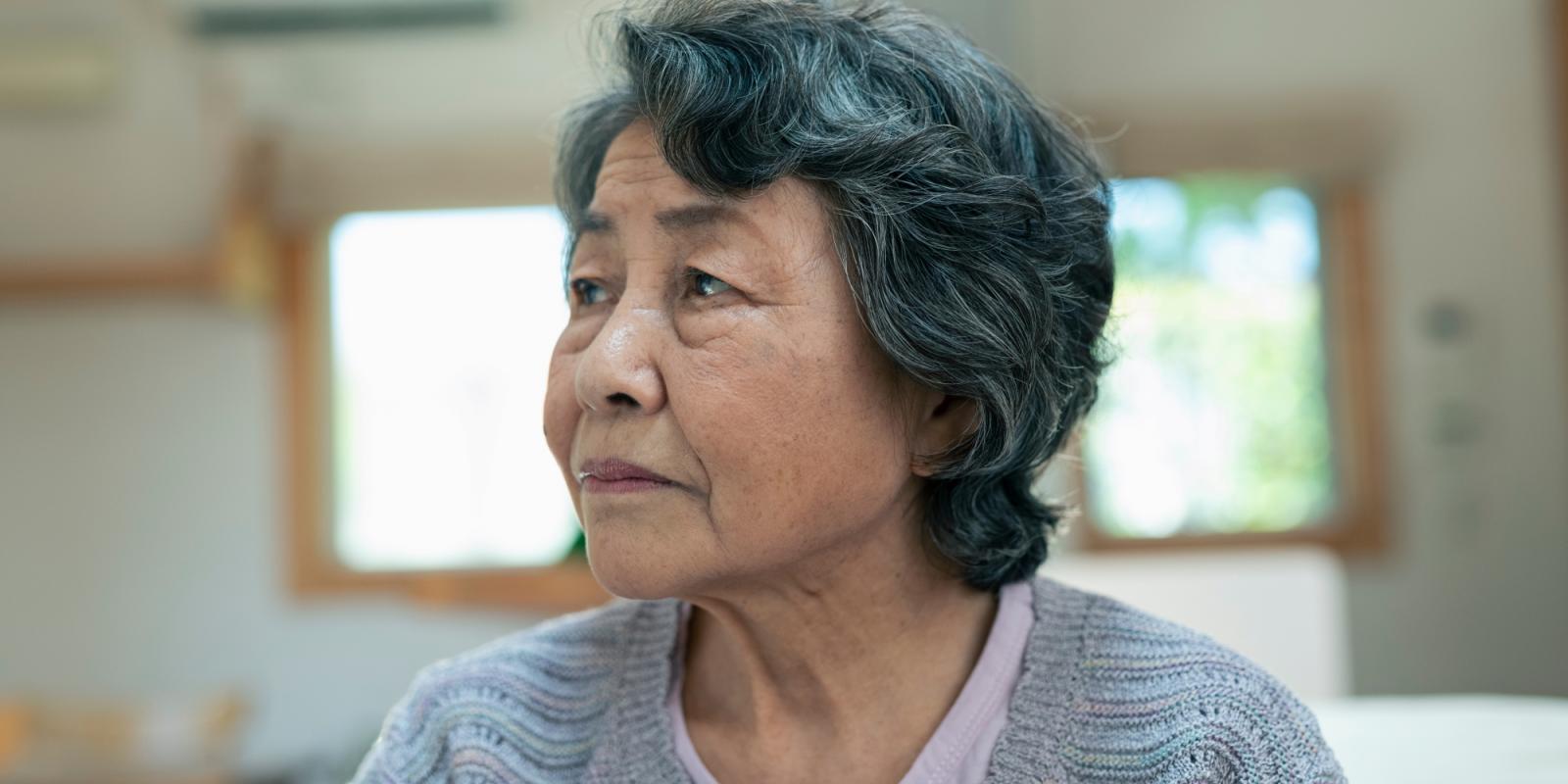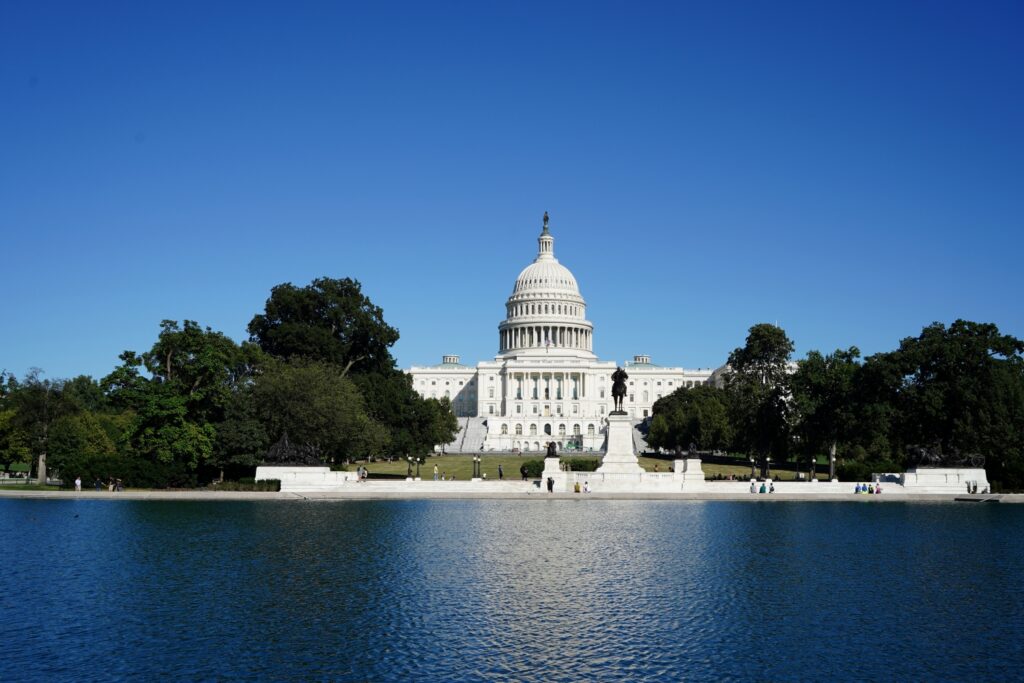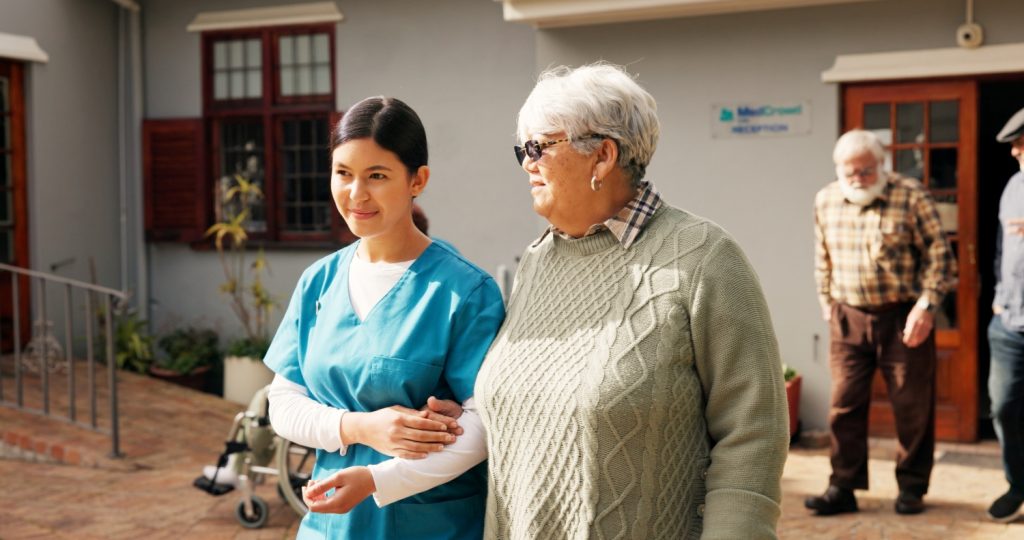ASA is partnering with West Health and The John A. Hartford Foundation on a series of blog posts and On Aging programming to foster Multisector Plans for Aging across the country.
In tandem with a growth in the population of older adults in the United States, a rise in mental health conditions across the age span is taking place. It is estimated that 1 in 5 adults ages 50 and older (nearly 26 million) in the past year experienced either a substance use disorder or a mental health condition—signifying how critical it is for states to prioritize older adult mental health as they plan for the future.
As of December 2024, two-thirds of states are developing or implementing Multisector Plans for Aging (MPAs). These cross-sector plans bring together stakeholders and agencies across the state to streamline efforts that promote healthy aging. Through these plans, states can prepare for the unique challenges and needs of their populations, including mental health.
This article presents a detailed summary of an interview with Karen Orsi, director of the Oklahoma Mental Health and Aging Coalition, addressing key questions around who, what and how Oklahoma’s MPA, called Aging Our Way Oklahoma, ensures that older adult mental health is a state priority.
How did the process of incorporating mental health into Oklahoma’s MPA begin?
Following the 2011 Substance Abuse and Mental Health Services Administration (SAMHSA) Regional Policy Academy on mental health and aging, the Oklahoma Department of Human Services Aging Services Division executive director contracted with Orsi to develop an Older Adult Behavioral Health State Plan (BHSP).
Meetings are already taking place to discuss goals such as reducing the suicide rate among older adults.
The BHSP’s goal is to develop an age-informed system of care to meet the behavioral health needs of older adults in Oklahoma. Strategies include workforce development and training, increased screenings for mental health disorders, and addressing stigma and ageism. BHSP implementation accelerated with the creation of an Aging Division in the Oklahoma Department of Mental Health and Substance Abuse Services, and the formation of the Behavioral Health Forum on Aging, comprising the Oklahoma Department of Mental Health and Substance Abuse Services, the Oklahoma Health Care Authority, and Oklahoma Human Services. A summary of the plan can be accessed here.
How did the BHSP come to be included in the MPA?
Given years of successful relationship building, in 2023 when Oklahoma’s MPA development began, the Mental Health and Aging Coalition was one of the first stakeholders at the table. Working closely with the Oklahoma Department of Human Services, the leading agency for MPA development, the Coalition was able to successfully garner support to incorporate the BHSP into the MPA. Specifically, the MPA’s ninth goal, “Oklahomans are Healthy and Empowered, with High Quality of Life Outcomes,” pathway 9.3 involves “support[ing] implementation of the Older Adult Behavioral Health State Plan through partnership with the Forum.”
The Forum will be the vehicle that ensures both the MPA and the BHSP translate from planning documents into concrete policy and practice, said Orsi. The Forum has developed task forces that fit with the MPA, including training, screening, referral and resource coordination, suicide prevention, and more. The Forum also will provide training and resources to enable certified community behavioral health clinics (CCBHCs) to operate as age-informed and age-friendly centers. Click here for a description of the Behavioral Health Forum on Aging.
Is there a mechanism to track progress of BHSP implementation through the MPA?
To monitor BHSP progress and implementation through the MPA, Orsi noted that meetings are taking place to discuss measurable goals—such as reducing the suicide rate among older adults, tracking the number of CCBHCs using age-informed best practices, and the number of older adults accessing services through CCBHCs. Turning these goals into measurable outcomes is a work in progress but is an important aspect of the MPA and the BHSP.
Do you have any advice for other states looking to address mental health through their MPA?
Orsi offered the Oklahoma Mental Health and Aging Coalition as an example of a strategy that raised awareness, integrated networks, and built an older adult behavioral health constituency. Oklahoma’s efforts to make mental health a priority in their MPA was the result of years of successful relationship building, partnerships, education and advocacy—yielding a unique and successful example for other states.
Learn more about the Oklahoma Mental Health and Aging Coalition at www.omhac.org. Be sure to also visit multisectorplanforaging.org to learn more about Multisector Plans for Aging and sign up for the newsletter to get the latest MPA news and developments across the country.
Elvira Makk Frid, MPP, is a research associate, and Amy Herr, MHS, PMP, is director of Health Policy at the nonprofit, nonpartisan West Health Policy Center in Washington, DC.













